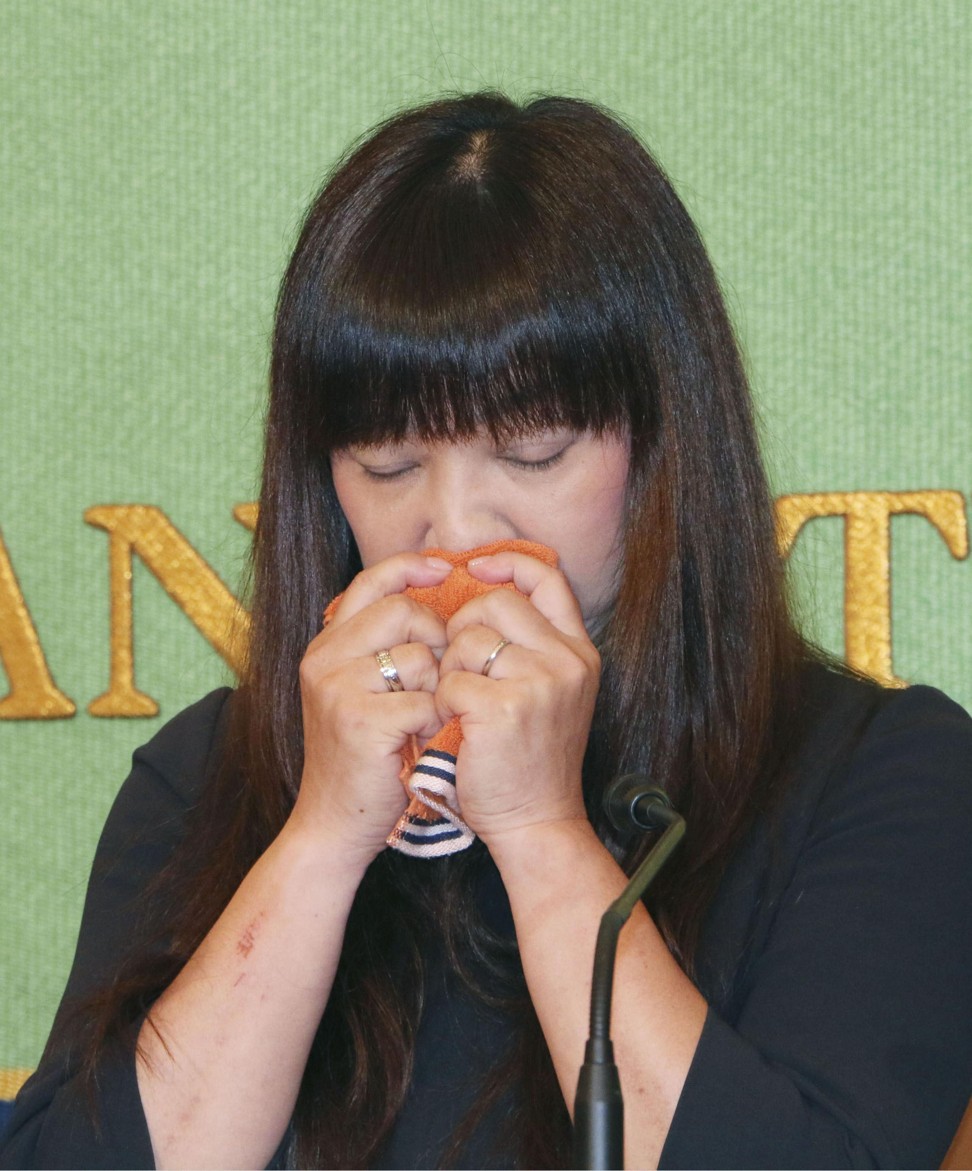
Japanese journalist captured by militants in Syria believed free after three years
- Tokyo says Qatar government provided news of release of man thought to be Jumpei Yasuda
- Yasuda went missing in 2015 after travelling to Syria to report on the country’s civil war
Japan’s government said on Tuesday that a man believed to be a Japanese freelance journalist who went missing three years ago while in Syria has been released and is now in Turkey.
Chief Cabinet Secretary Yoshihide Suga told a hastily arranged news conference late on Tuesday that Japan had been informed by Qatar that the man, believed to be journalist Jumpei Yasuda, has been released.
Japanese journalist Jumpei Yasuda appeals for help in new video after abduction in Syria
Yasuda was last heard from in Syria in 2015.
Suga said Qatar’s government told Japanese officials that the man is being protected by the Turkish authorities and is being identified, and that he is most likely Yasuda.
Suga said he had notified Yasuda’s family of the news.
Yasuda started reporting on the Middle East in the early 2000s. He was taken hostage in Iraq in 2004 with three other Japanese, but was freed after Islamic clerics negotiated his release. His most recent trip to Syria was in 2015 to report on his friend Kenji Goto, a video journalist who had been taken hostage and killed by Islamic State.

Contact was lost with Yasuda after he sent a message to another Japanese freelancer on June 23, 2015. In his last tweet two days earlier, Yasuda said that his reporting was often obstructed and that he would stop tweeting his whereabouts and activities.
Several videos showing a man believed to be Yasuda have been released in the past year.
In one video released in July, a bearded man believed to be Yasuda said he was in a harsh environment and needed to be rescued immediately.
Syria has been one of the most dangerous places for journalists since the conflict there began in March 2011, with dozens killed or kidnapped.
Several journalists are still missing in Syria, their fates unknown.
US lacks leverage as assault on Syrian enclave looms
Those missing include Austin Tice of Houston, Texas, who disappeared in August 2012 while covering the conflict, which has killed some 400,000 people. A video released a month later showed him blindfolded and held by armed men, saying “Oh, Jesus”. He has not been heard from since.
Tice is a former Marine who has reported for The Washington Post, McClatchy Newspapers, CBS and other outlets, and disappeared soon after his 31st birthday.
Another is British photojournalist John Cantlie, who appeared in Islamic State propaganda videos. Cantlie has worked for several publications, including The Sunday Times, The Sun and The Sunday Telegraph. He was kidnapped with the American journalist James Foley in November 2012. Islamic State beheaded Foley in August 2014.
Lebanese journalist Samir Kassab, who worked for Sky News, was kidnapped on October 14, 2013, along with a colleague from Mauritania, Ishak Moctar, and a Syrian driver while on a trip in northern Syria.
In March 2014, two Spanish journalists – correspondent Javier Espinosa and photographer Ricardo Garcia Vilanova – were released six months after being kidnapped by a group linked to al-Qaida.

